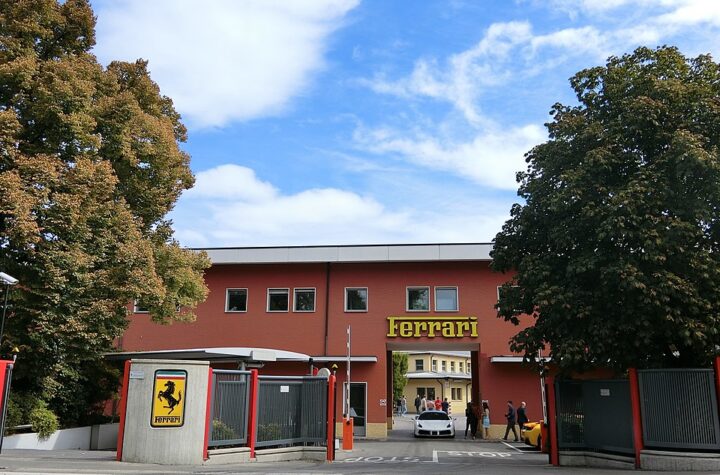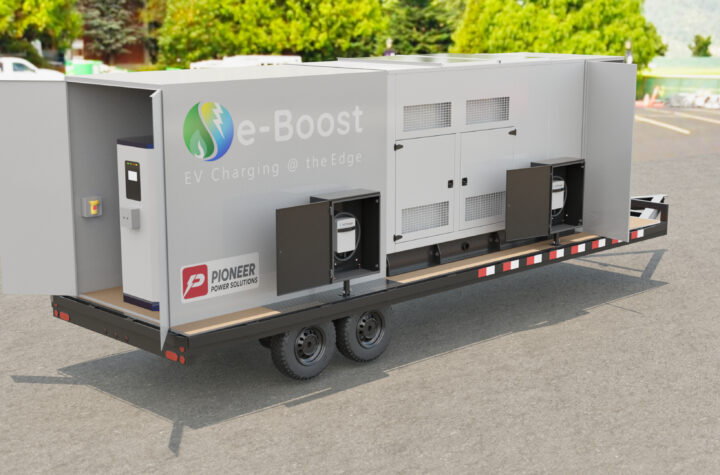

The success of a car manufacturer is largely influenced by the quality of its suppliers. The Ford Motor Company rewards its outstanding global suppliers through the World Excellence Awards, now in its 13th year. This year’s awards, held in March 2011, recognized 47 suppliers from 16 countries.
“We made tremendous progress on the One Ford plan in 2010 and the partnership with our suppliers was absolutely critical in making that happen. We thank all of our World Excellence Award winners for the work they are doing to contribute to our mutual success and serve our global customers with the very best cars and trucks,” said Alan Mulally, Ford president and CEO at the event.
With the global Ford supplier base becoming leaner and more aggressive, the annual awards take on an added importance. There are three levels – Gold, Silver and Recognition of Achievement. Gold and Silver awards are presented to suppliers demonstrating superior quality, delivery and cost performance. Fifteen Gold and 26 Silver awards were presented this year. Recognition of Achievement is given to suppliers that improve customer satisfaction by providing significant contributions in key areas – New Consumer-Focused Technology, Consumer-Driven Six Sigma, Durability and Reliability Performance, Corporate Responsibility, Community Service, and a new award for Supplier Diversity Development. Twelve suppliers received Recognition of Achievement awards.
Automotive Industries asked Tony Brown, group vice president, Global Purchasing at Ford what role Ford’s suppliers have played in the One Ford mission.
Brown: Suppliers are a critical part of our success. We would not have been able to undertake the global turnaround of the Ford Motor Company without the support, hard work and innovation of our supply base. From the global launch of the new Focus to the Figo in India, the C-MAX in Europe and the Fiesta in North America, our suppliers stepped up to the challenge of sourcing and building vehicles that improve commonality and efficiency in more ways than ever before.
AI: How have your World Excellence awards for 2010 reflected this mission?
Brown: Many of the suppliers assisted with new technologies and product improvements. For the new Focus, which is launching in Europe and the US, Continental supplied advanced driver assistance programs. Webasto helped us significantly reduce wind noise with a new design to the moonroof wind deflector.
AI: How effective has the Ford strategy been in streamlining its supplier base?
Brown: We are making good progress in reducing our supply base. Since 2004, we have reduced our number of global production suppliers by more than half. We ended 2010 with about 1,500 suppliers. But it’s important to recognize this isn’t about reduction for reduction’s sake. This is about finding key, long-term partners that we want to work with – and who want to work with us – in growing globally together. Within the current 1,500 suppliers, we have identified about 850 that have been chosen for major new sourcing. Ultimately, we want to get to about 750 global production suppliers.
AI: Why is this an important part of the One Ford plan?
Brown: Ultimately, One Ford is about having a single goal, and finding better ways to work together to achieve that goal. In the case of suppliers, we determined several years ago that we had too many suppliers to effectively manage the quality, cost and technological innovation that our products required. We could also see that it would be better for our supply base if they had more consistent, long-term business from us. Auto suppliers are like any other business: The more information they have and the less volatility they work with, the better they will be able to produce and prosper. If we are able to offer more Ford work to a reduced group of companies, then we are both better off. Our suppliers will be more financially viable, and we both win with improved quality, technical innovation and lower costs.
AI: What are some of the strategies Ford has put in place to strengthen its supplier base?
Brown: Our main strategy is the Aligned Business Framework, or ABF. This is our preferred network of suppliers that we have carefully selected for close collaboration over a long-term relationship. Since we started in the Fall of 2005, we have steadily added to the group so that now we have more than 100 global companies, providing everything from key commodities such as interior and engine components, to advertising and road-side assistance services.
The ABF network is vitally important to how we run our business. It is a core group of companies that we rely on in order to provide customers with the best cars, utilities and trucks in the world. In exchange for sending us the most advanced technologies they have, with top quality and at the most competitive price they can, we share future product, volume and manufacturing information at a much earlier stage than we used to. The advantage for ABF companies is an increased share of Ford business. Last year, we sourced 55% of our production purchases to ABF companies. That is up from 34% in 2006. Equally important are the 20 principles that shape our ABF relationships. These center around transparency, communication and trust. They underpin how we work with all of our suppliers – they are the roadmap to how we achieve our One Ford plan of profitability for all.
AI: How have Ford suppliers have played a critical role in the development of new products such as the Ford Focus?
Brown: The new Focus embodies the new way we are working with suppliers. As we increase the number of vehicles we are building off global platforms, we are changing how we source products. Firstly, we are pre-sourcing more of the vehicle. In other words, instead of asking several suppliers to bid on a part – which takes time and resources – we are handing the business to our core, trusted suppliers. In the case of the Focus, we pre-sourced 75% of the parts, more than we ever have before.
Another change is we are dramatically increasing the number of common parts that we use on our global products. About 80% of the parts and components on the Focus are common around the world. That compares to about 60% for the Fiesta, and 40% for our prior CD-car in North America. In addition, about three-quarters of the supply base for the new Focus will be the same wherever the car is built.
The result was that our supply base worked with us as we developed, then launched, the same vehicle at two plants in two countries at the same time. Once the global launch of the Focus is completed next year, our suppliers will be supporting Focus production at five plants in North America, Europe and Asia.
AI: What are some of the changes Ford suppliers have had to make in line with the One Ford vision?
Brown: As part of our ABF commitments, we ask suppliers for more financial information and transparency. But we see this as a two-way relationship. We are divulging more of our future plans to help suppliers. We are asking suppliers to provide us with additional information so that we can also make the best decisions we can. Another change is that we are asking suppliers to follow us on our growth path. As we develop and launch more global products, and as we expand more into the Asia Pacific region, we are asking our suppliers to set up facilities or joint ventures that support our growth plans.














More Stories
Meet Rita Case – recipient of 2024 NAMAD Lifetime Achievement Award
Getac on AI’s transformative impact on automotive production and aftersales
Automechanika Shanghai 2024